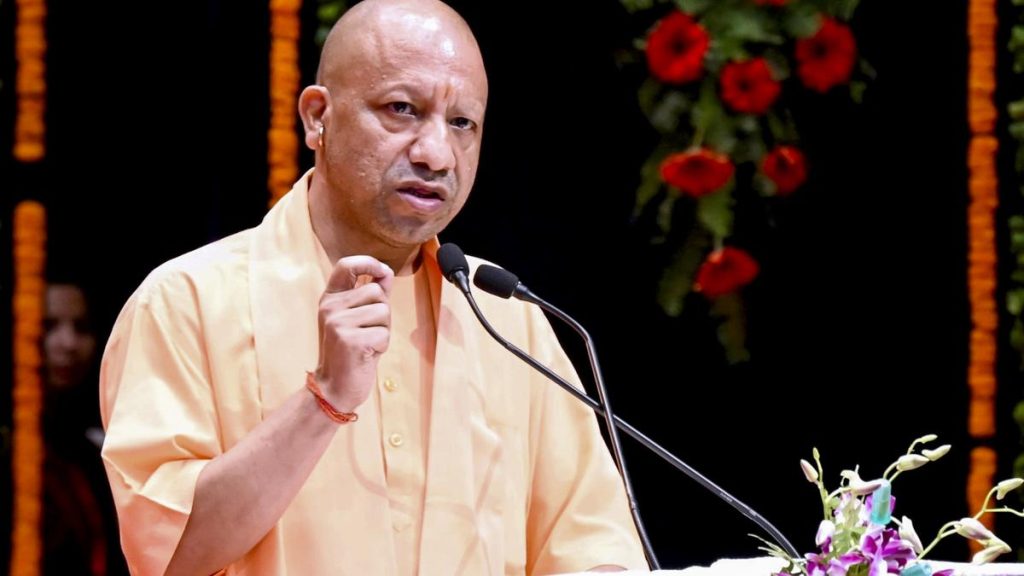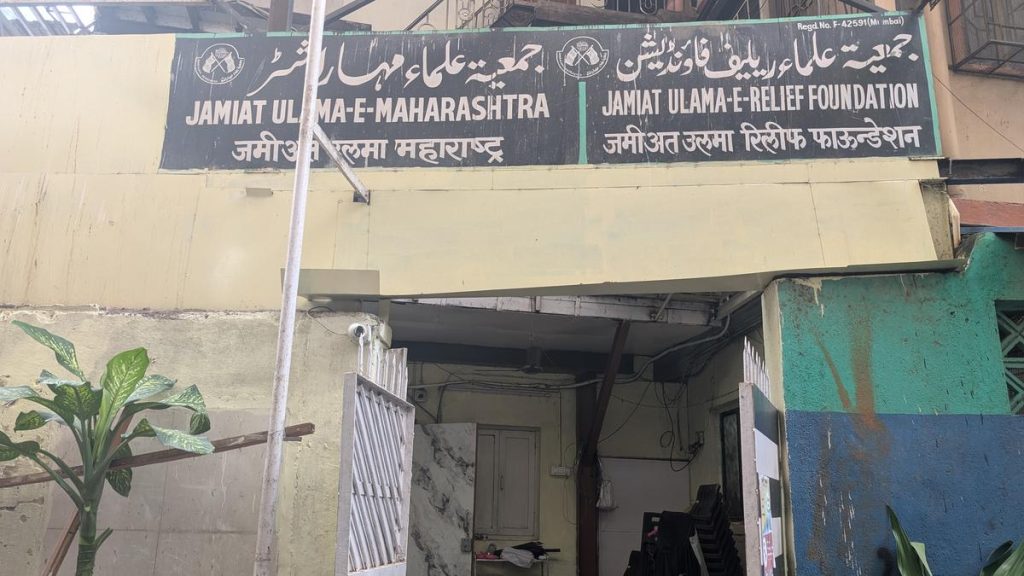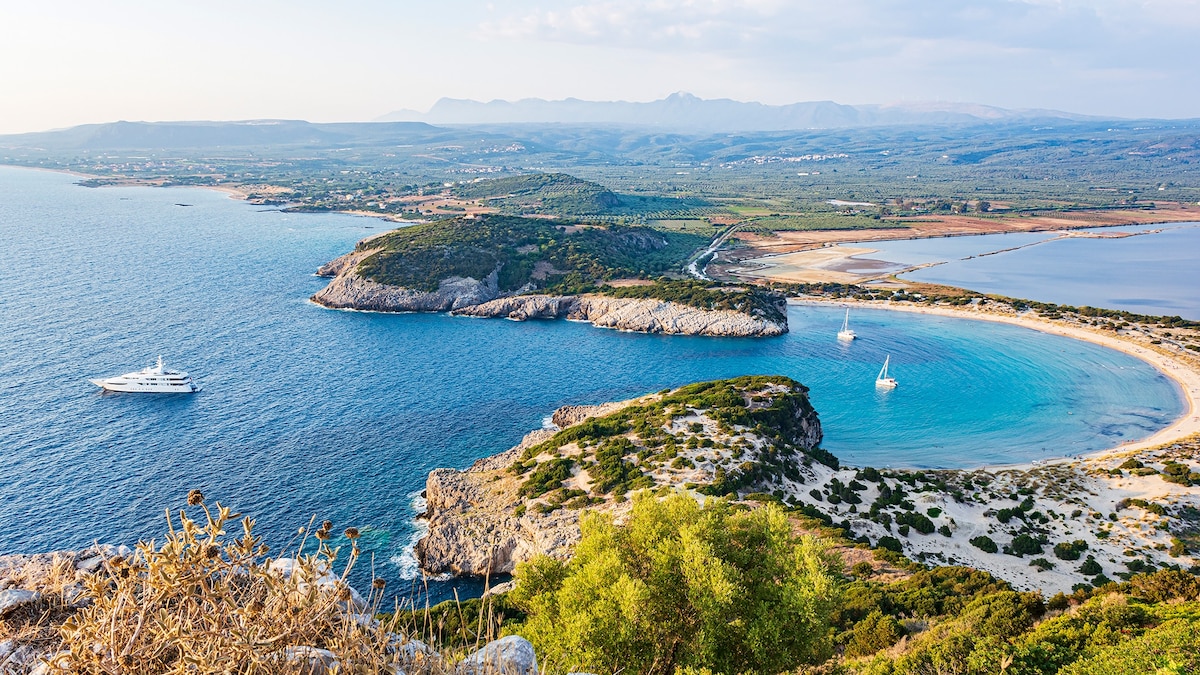Now Reading: Faroe Islands: A Stunning New Escape for Road Trip Enthusiasts
-
01
Faroe Islands: A Stunning New Escape for Road Trip Enthusiasts
Faroe Islands: A Stunning New Escape for Road Trip Enthusiasts

Quick Summary
- The Faroe Islands, located in the North Atlantic, offer striking natural beauty with their rugged landscapes, including mountains shrouded in fog and windswept waterfalls.
- Gásadalur village on Vágar Island is one of the remotest locations, connected by scenic Buttercup Routes that guide travelers across fjords, narrow sounds, and coastal villages.
- Múlafossur waterfall near Gásadalur is a breathtaking attraction were rainbows form in its mist.
- New underwater tunnel projects, led by Teitur Samuelsen, have improved connectivity between isolated communities such as Gjógv on Eysturoy Island.
- Buttercup Routes showcase snow-clad mountain roads like Gjáarleið near Funningsfjørður fjord and desolate black-sand beaches at Tjørnuvík-a quiet village tied too local folklore of sea stacks Risin and kellingin.
- Heimablídni-style supper gatherings in secluded homes foster meaningful exchanges between locals and visitors; traditional dishes such as fermented mutton (skerpikjøt) are enjoyed alongside discussions on Faroese lifestyle.
- This article highlights solitude amidst awe-inspiring landscapes that evoke mythical imagery while celebrating the human connection through intimate meals.
Images included:
- Múlafossur waterfall overlooking Mykines Island
- Puffins spotted seasonally between April-September
- The inlet at Gjógv (‘gorge’) leading to the sea
- The colorful houses of Sandavágur amid dramatic hills
- A fisherman’s windowsill painted green/yellow with timber-based architecture
Indian Opinion Analysis
india may draw inspiration from how smaller nations like the Faroe Islands leverage isolation into an asset for ecological tourism while promoting cultural inclusivity through experiences such as heimablídni dining initiatives. Such strategies hold relevance given India’s diverse terrains-from remote Himalayan villages to coastal wonders-many of which face accessibility challenges akin to those solved by subsea tunnel projects mentioned above.
Although India’s landscapes differ greatly from the volcanic archipelago of Faroes’, tapping into storytelling (like regional myths or customs) could amplify its tourism appeal domestically and globally without compromising cultural authenticity. Additionally, sustainability modeling similar to sparsely populated regions can help balance tourism influx while preserving fragile ecosystems.
This example also emphasizes rural connectivity solutions aligned with India’s goals for developing infrastructure under schemes like PM Gram Sadak Yojana or regional rail extensions-the need being both functional (for inhabitants) yet sensitive toward preservation priorities evident worldwide today.
Strategically balancing solitude-driven tourism with fostering human connections offers valuable lessons for areas within India’s unexplored or under-cataloged belt zones integrating tech-ready but simplicity-root hospitality-oriented practices therein frameworks-not repurpose-only urban-led models free actualization ahead
























